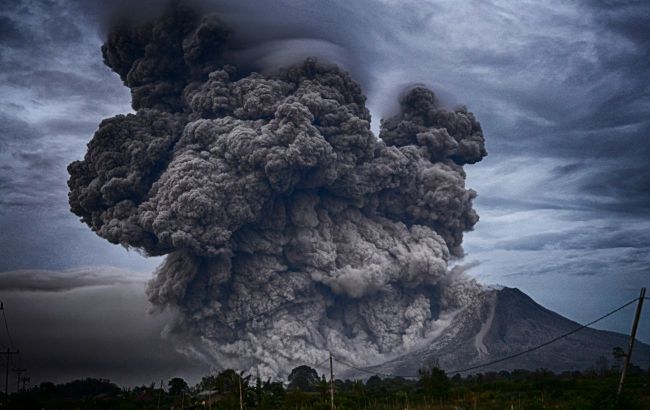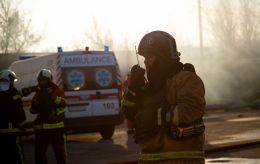Scientists found out what changes await Earth after eruption of supervolcano
 Scientists managed to find out what will happen to our planet after the eruption of a supervolcano (photo: Unsplash)
Scientists managed to find out what will happen to our planet after the eruption of a supervolcano (photo: Unsplash)
A group of scientists from the Institute of Space Research and Columbia University conducted a study on the possible eruption of a supervolcano. Their work concluded that while such events are inevitable, their consequences will be less catastrophic than portrayed in scientific fiction and cinema, according to the American Meteorological Society AMetSoc.
What is known about past supervolcano eruptions
Eruptions of supervolcanoes, characterized by the ejection of magma exceeding a thousand cubic kilometers, inevitably lead to the blocking of sunlight, exerting a cooling effect on the climate. However, in Earth's history, there have not yet been such eruptions that pose a direct threat to life.
Analysis of previous super eruptions shows that such destructive events have not occurred. The last super eruption of this scale was recorded over 22,000 years ago in New Zealand, and periodically such phenomena have been observed in the Yellowstone region of North America.

Yellowstone National Park (photo: Unsplash)
Consequences of a super eruption
By analyzing past experiences and considering the current geophysical state of the Earth, researchers have conducted simulations to model the impact of a super eruption on the modern world.
It should be noted that the primary cooling factor in the atmosphere during volcanic events is ash and sulfur dioxide, which condenses into liquid sulfate particles.
These particles, lingering in the stratosphere at altitudes above 15 kilometers, are capable of staying there for many years and reflecting sunlight, thereby preventing the Earth from warming and causing global volcanic cooling.
However, even during the most powerful eruptions, this process is not capable of significantly reducing the planet's temperature. The research model showed that the increase in sulfur dioxide nonlinearly affects the reflective properties of the stratosphere. When there are many particles, they combine and fall to the surface more quickly, releasing the atmosphere from them.
Furthermore, these particles, besides reflecting solar radiation, also block a portion of the Earth's thermal radiation, acting as a kind of blanket. Thus, these two effects interact and to some extent compensate for each other.
Using the example of the 1991 eruption of Mount Pinatubo, although far from being classified as "super," it is evident that the emission of approximately 15 million tons of sulfur dioxide led to a global temperature decrease of 0.3 degrees Celsius.
Based on the model, a super eruption hundreds of times stronger could temporarily lower temperatures by 1.5 degrees Celsius, without accounting for the influence of global warming factors that could offset this cooling effect.

The eruption of Mount Pinatubo in 1991 (photo: Unsplash)
Conclusion
However, despite the described facts, a supervolcanic eruption will pose a serious challenge to humanity, ecosystems, and the global economy. The spread of its consequences will affect vast territories thousands of kilometers away from the epicenter, bringing tragic losses and devastation.
The precipitation in the form of volcanic ash and dissolved toxic sulfur that falls can continue for an extended period in various parts of the planet. The only comforting aspect is that supervolcanic eruptions on Earth occur only once every few tens of thousands of years.

